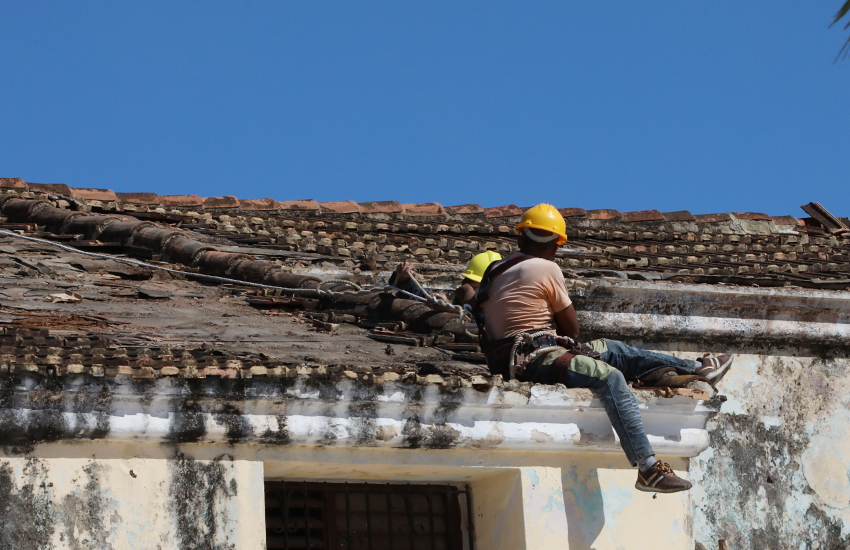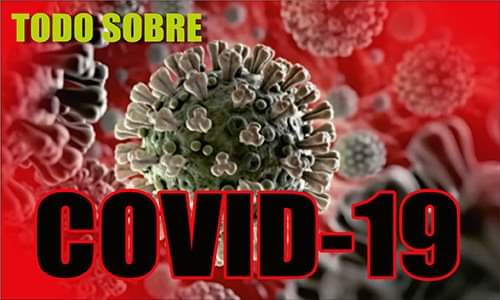- Details
- Written by Reynaldo López Peña
- Hits: 866

The first steps are being taken in the San Jerónimo Parish restoration project, a building of great historical and cultural value that has withstood the test of time.
- Details
- Written by Yuset Puig Pupo
- Hits: 1258

Since time immemorial, the road to Puerto Manatí came with a familiar sighting: Las Carboneras, a small village of just 10 houses that set the pace of this line of business in the municipality. It was almost inevitable to notice the large furnaces a few meters from the road, the bare backs dressed in the steamy work, and the smoke as a barter of caress that foreshadowed the proximity of the coast.
- Details
- Written by Esther De la Cruz Castillejo / Photo: Rey López
- Hits: 1088

Some experts say that the guana tree, after the prickly pear cactus, is the most representative of these lands. They also tell us that when walking around the city you will find a few specimens of this endemic tree of Cuba, which is intertwined with history and even appears in the local coat of arms.
- Details
- Written by Reynaldo López Peña
- Hits: 1278

Social indiscipline is also on wheels... and it seems to have no brakes. These scenes of motorcycles and bicycle taxis parked where they shouldn't be and, in the case of the boulevards of the capital -and other places- affecting the public ornamentation, are already commonplace; not to mention the legal regulations that are violated.
- Details
- Written by Danielle Laurencio Gómez (ACN) / Photo: Yaciel Peña de la Peña
- Hits: 1126

Under the name of “Sendero Martiano” (José Martí Trail), the Botanical Garden of Las Tunas treasures a project with the desire to pay tribute to José Martí through nature, which hopes to see its early materialization as a novel sociocultural initiative.
Page 6 of 87





